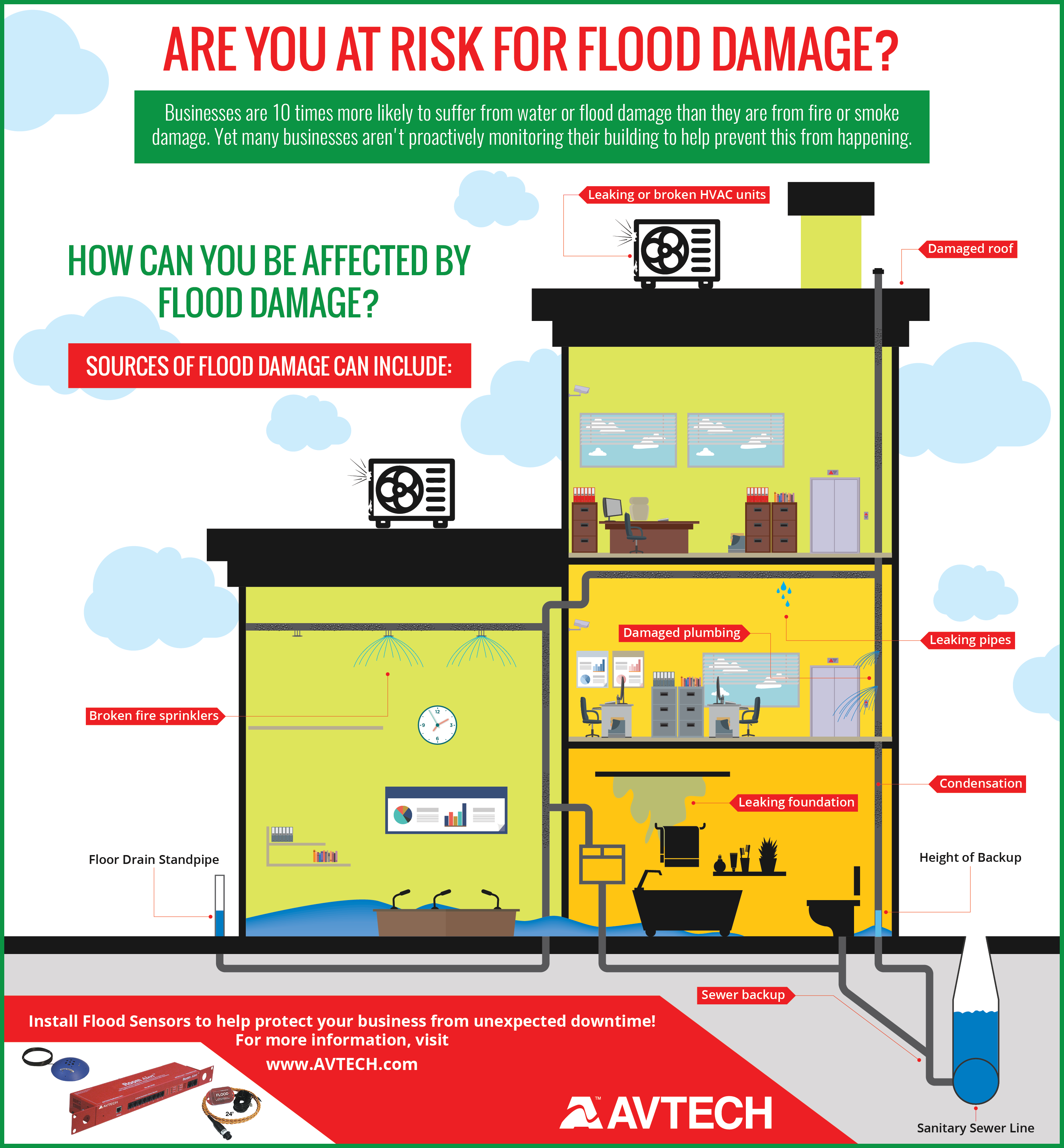Assessing The Expenses Of Solar Panel Setup: Is It A Smart Financial Move?
Assessing The Expenses Of Solar Panel Setup: Is It A Smart Financial Move?
Blog Article
Composed By-Storm Larsen
When considering the expenses of solar installation, you may wonder about the in advance financial investment called for and whether it aligns with the possible long-term advantages. Understanding the complexities of these expenses and the various aspects influencing the general return can shed light on the value recommendation of transitioning to solar energy. By examining both the initial setup expenses and the projected financial savings gradually, you can obtain understanding into whether the investment in solar installment holds promise for your economic future.
First Arrangement Expenditures
When taking into consideration the costs of solar setup, the first setup expenditures play an important role in your decision-making process. These in advance expenses include the cost of photovoltaic panels, inverters, mounting tools, and setup labor.
The cost of photovoltaic panels can vary depending on the brand, effectiveness, and size you select. Inverters are important for transforming the sun's energy into useful electrical energy and can be found in various types such as string inverters, microinverters, and power optimizers, each with its own expense ramifications.
Placing devices, such as shelfs and rails, is required to securely set up photovoltaic panels on your roofing system or residential or commercial property.
The installation labor expense covers the professional installment of the planetary system, guaranteeing that whatever is established properly and efficiently. Keep in mind that while these preliminary configuration costs might appear high, there are typically discounts, tax obligation rewards, and financing alternatives offered to help offset the prices and make solar installment much more economical in the long run.
Long-Term Financial Savings Analysis
To understand the economic benefits of solar installation with time, it's crucial to perform a comprehensive long-lasting financial savings analysis. While the preliminary configuration expenses of solar panels may appear challenging, the long-lasting financial savings can exceed these costs substantially. By harnessing the power of the sunlight to create electrical energy for your home, you can potentially save hundreds of dollars on your utility costs over the life expectancy of your solar system.
Among the key factors to take into consideration in a lasting savings analysis is the decrease in your power bills. With solar panels, you can produce your electrical energy, reducing or perhaps removing your reliance on the grid. This can bring about substantial cost savings, particularly as energy prices continue to increase.
Furthermore, lots of federal governments offer incentives such as tax obligation credit reports and refunds for mounting solar panels, better enhancing your long-lasting financial savings. By taking ground mounted solar panels residential of these rewards and maximizing your solar power production, you can delight in considerable monetary benefits for several years ahead.
Return on Investment Calculation
Considering the economic advantages of solar setup, it's time to evaluate the Roi (ROI) computation. Figuring out the ROI involves comparing the total costs of mounting a solar system with the monetary advantages it creates over its life-span.
To determine fort collins solar company , split the internet make money from the system by the total financial investment price and increase by 100 to get a portion. The ROI formula is: (Net Revenue/ Total Investment Cost) x 100.
As an example, if the total price of mounting a planetary system is $20,000, and over its life expectancy, it generates financial savings and profits amounting to $30,000, the web earnings would certainly be $10,000. Separating this by the complete financial investment cost of $20,000 offers a proportion of 0.5. Increasing this by 100 gives an ROI of 50%.
Usually, a higher ROI shows a more economically fulfilling investment. Aspects like federal government motivations, maintenance costs, and power rate variations can impact the ROI of solar installments. Understanding the ROI assists in analyzing whether purchasing solar power deserves it over time.
Conclusion
Finally, understanding the costs of solar installment is vital for figuring out if it deserves the investment. By taking into consideration initial setup expenses, conducting a lasting savings evaluation, and determining the roi, you can make an educated choice about the economic worth of solar power. With the possibility for minimized energy expenses and increased energy self-reliance, investing in solar installation can be a wise selection for both your pocketbook and the setting.
